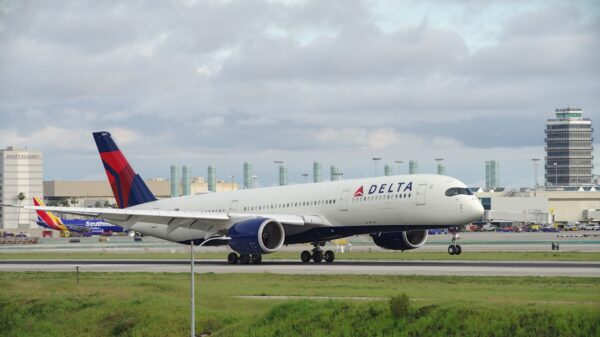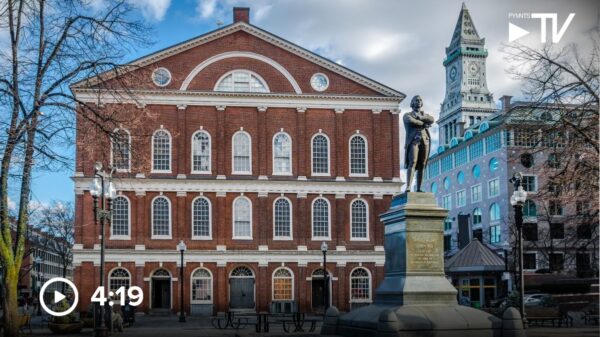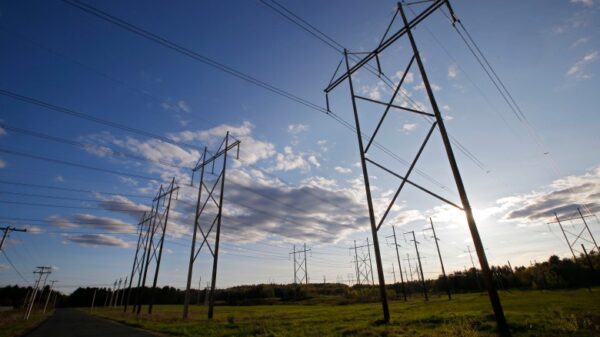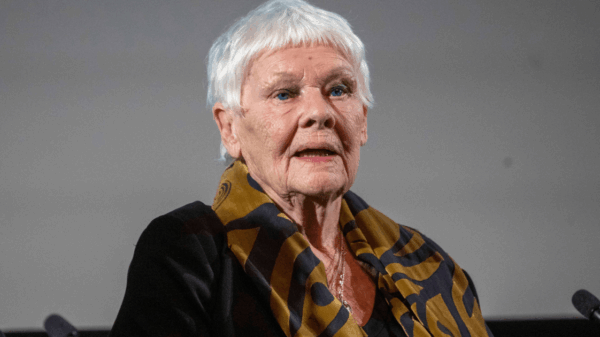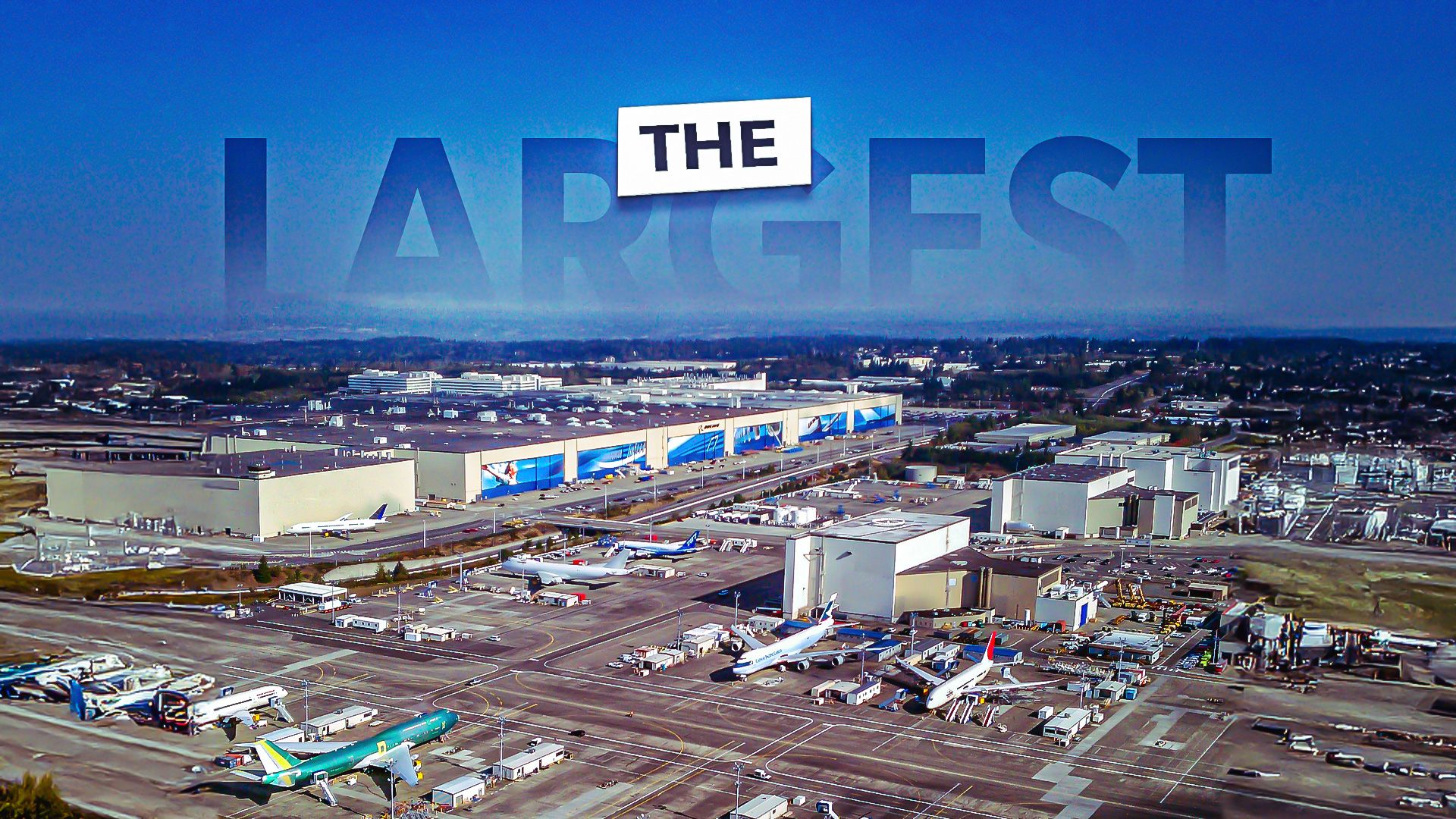Boeing’s Everett production facility in Washington stands as a testament to the company’s century-long legacy in aviation manufacturing. Established in 1966, it has become one of the largest buildings in the world by volume, playing a crucial role in the production of some of the most iconic aircraft in history. With revenue exceeding $32 billion in 2024, Boeing continues to shape the commercial aviation landscape from this pivotal site.
The roots of Boeing’s presence in Everett trace back to the early 1940s, starting with a modest facility for the production of the B-17 Flying Fortress. However, it was the launch of the Boeing 747, known as the “Queen of the Skies,” that propelled the company to expand its operations significantly. Recognizing the need for a larger space due to the aircraft’s size, Boeing acquired 780 acres of land north of Paine Field, leading to the construction of the Everett facility.
Expansive Operations and Modernization
Today, the Everett production facility encompasses nearly 100 acres and boasts over 472 million cubic feet of volume. This vast complex employs approximately 30,000 workers and features advanced production lines supported by 26 overhead cranes along 31 miles of track. The facility’s height reaches 114 feet, with hangar doors that stand 82 feet tall and span between 300 and 350 feet in width, allowing efficient movement of aircraft in and out of the building.
Boeing’s Everett facility is currently home to three primary production lines, including the 777 series, which has undergone a significant transformation for the production of the next-generation 777X. Although Boeing has slowed down the production of the earlier 777 models, the facility continues to produce freighter variants, including the 777F. Additionally, Boeing has recently adapted its operations to include the production of the new 737 MAX 10, marking a significant shift from traditional production practices.
As part of its modernization efforts, Boeing plans to cease the production of the 767 series by 2027. The decision follows a strategic evaluation of market demand, focusing resources on more profitable models. Remaining orders for the freighter version of the 767 will be fulfilled before the line is ultimately closed.
A Look Back at Iconic Aircraft
Over the decades, the Everett facility has been the birthplace of several legendary aircraft. The production of the Boeing 747 commenced in 1967, and for more than five decades, it remained a flagship model for the company. The final 747-8F rolled out of the Everett facility in December 2022, marking the end of an era as demand for such large aircraft diminished in favor of more fuel-efficient twin-engine models.
The 787 Dreamliner was also initially produced at Everett before Boeing consolidated its production to the Charleston facility in South Carolina in 2021. This strategic shift allowed Boeing to streamline its operations and focus on improving production efficiency.
The Everett complex not only highlights Boeing’s commitment to innovation but also reflects the company’s adaptability in a changing market. With the 737 MAX 10 and 777X on the horizon, Boeing aims to meet the evolving demands of the aviation industry while retaining its reputation for quality and reliability.
As Boeing’s Everett facility continues to evolve, it remains an integral part of the company’s strategy to maintain its position as a leader in commercial aviation. The transition to new aircraft models and the modernization of production lines signal a forward-looking approach that could shape the future of the aerospace industry for years to come.







